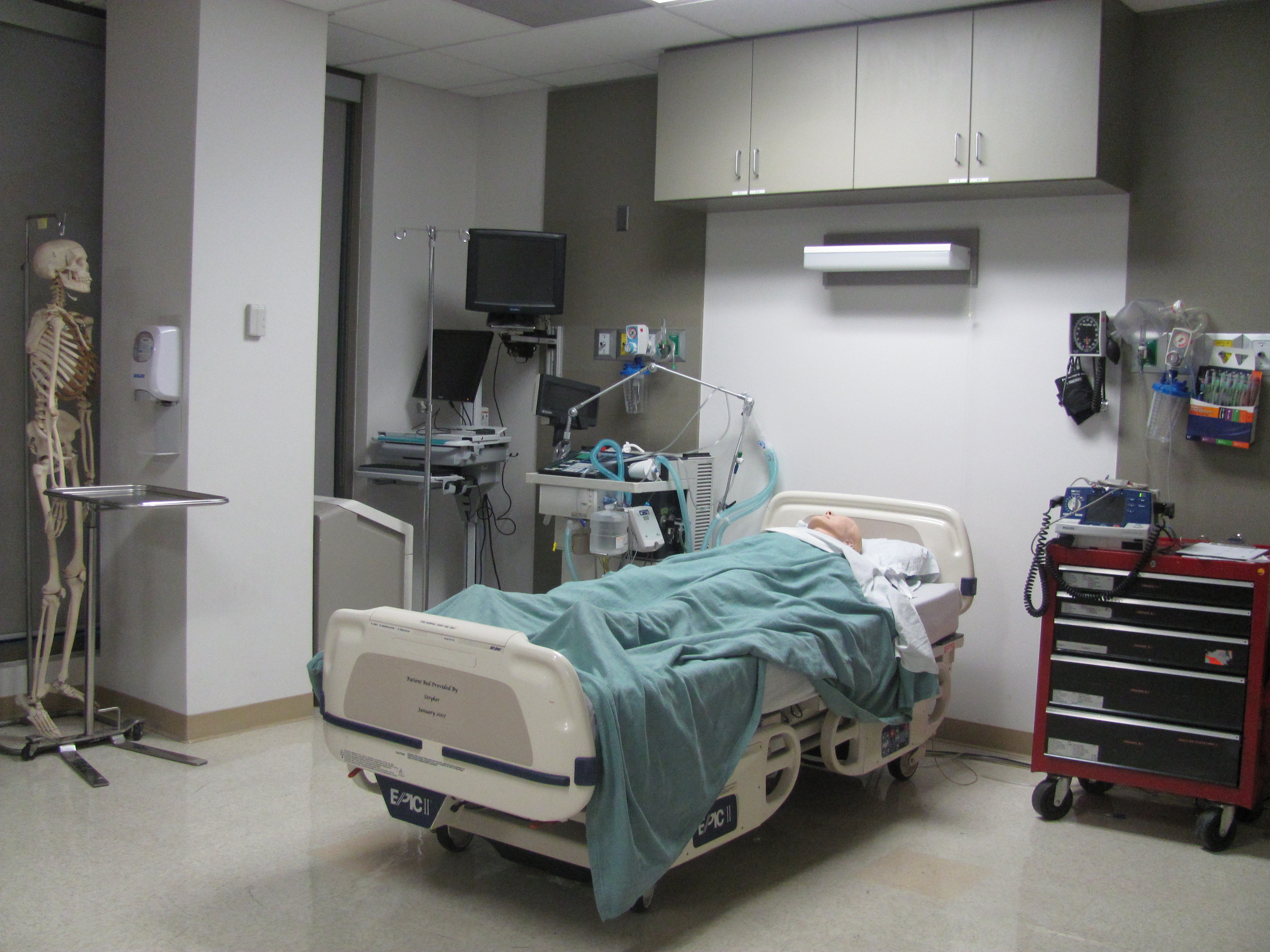

Last spring, Vincent Whelan’s name was called in front of his class at the University of California, Irvine School of Medicine. He put a “lucky dollar bill” into a bag and received a letter that revealed his future: a pediatrics residency at the University of California San Francisco-Fresno.
Match Day, the day that graduating medical students learn where they go for their residency, was a very happy one for Whelan. “I wanted to be close to home and I grew up [around Clovis], so it was really fortunate for me to be able to come back home,” he said. Another cause for him to celebrate: part of his residency required rotations at Children’s Hospital Central California in Madera, where he used to be a patient due to his rare bone condition. “Now I’m a doctor there,” Whelan says.
The valley, which doesn’t have enough primary care physicians to serve their population, needs more doctors like Whelan. Opportunities to train and serve in the San Joaquin Valley are growing, with three new residency programs that begin this July.
One is Fresno’s Sierra Vista Family Medicine Residency Program. Based at Clinica Sierra Vista-Regional Medical Community Health Center, the three-year program has faculty members mostly from University of California San Francisco-Fresno. This is the second of three teaching health centers in California.
Stephen Schilling, CEO of Clinica Sierra Vista, says the objective of the project is to “add to the inventory of family medicine practitioners who can serve the diversity of Central California.”
Reaching that target would help the local medically underserved population. Based on the California HealthCare Foundation’s 2009 report, the San Joaquin Valley has an average of 45 primary care, or family medicine, physicians for every 100,000 people. This ranks among the lowest ratios in the state, which already suffers a shortage of primary care physicians.
Fresno’s residents include a significant number of Hispanics and Southeast Asians. So besides the standard qualifications, the selection committee considers applicants’ cultural competency, linguistic capabilities and interest in settling down in the area. The current applicant pool has more than 40 candidates from around the U.S. and the globe.
The Fresno Healthy Communities Access Partners has sponsored this federally funded project and ensured that the guidelines for accreditation were met. Executive Director Norma Forbes stresses the importance of primary care. “It is the ongoing relationship with a physician from birth to death,” she says. Family doctors, she adds, “have to like getting to know a family.”
Forbes points out unique aspects of the health center setting, such as emphasis on social needs and health-care access, from providing smoking cessation programs to serving the homeless. “The clinics are very connected to the communities that they are in,” she says. “That focus [is] really the huge difference of prevention and wellness.”
Even with the Affordable Care Act soon in full effect, many newly insured patients will go to the emergency department for their issues because they have no medical home, she says. The potential solutions for this problem are family medicine and the health center model – both of which require more primary care doctors.
The Kaweah Delta District Hospital in Visalia will also start two residency programs this summer: in family medicine and emergency medicine, in affiliation with the University of California, Irvine School of Medicine.
Getting to know and work with the physicians at the hospital may provide an edge ahead of the competition for residencies, says Dr. John Hipskind, Director of Medical Student Clerkships at Kaweah Delta.
The competition proves tough, with more than 120 candidates interviewed – at least for the 6 slots in family medicine, says Dr. Robert Allen, the director and a faculty member of this residency program.
Like the program in Fresno, residents will handle a diverse medically underserved population, most under MediCal. Common health problems among their patients will include high blood pressure, diabetes, high cholesterol, heart disease and being overweight or obese. “Many of them don’t seek care unless they’re really sick,” Dr. Allen says.
Family medicine residents will serve also patients at Kaweah Delta’s rural clinic in Exeter at least two days a week, which provides a continuity of care from the hospital.
Dr. Allen’s goal for the residents is that they would be able to practice medicine anywhere and know how to care for any patient.
Kaweah Delta also plans to launch residencies in psychiatry and general surgery as well as a transitional year program, a prerequisite for residencies in specialties such as anesthesiology and dermatology.
Developing these programs in both Fresno and Visalia has taken several years. Forbes, for instance, collaborated with California’s first teaching health center in Modesto to help establish the Sierra Vista Family Medicine Residency Program. Approval from both the federal level and the Accreditation Council for Graduate Medical Education was required. Forbes hopes for the spread of not only federally qualified health centers, but also the model of teaching health centers across the country.
The upcoming medical training programs aim to replicate the positive retention rate of medical students and residents in areas with teaching hospitals, such as in Bakersfield.
“You are investing in the future,” Dr. Hipskind says.






You must be logged in to post a comment.